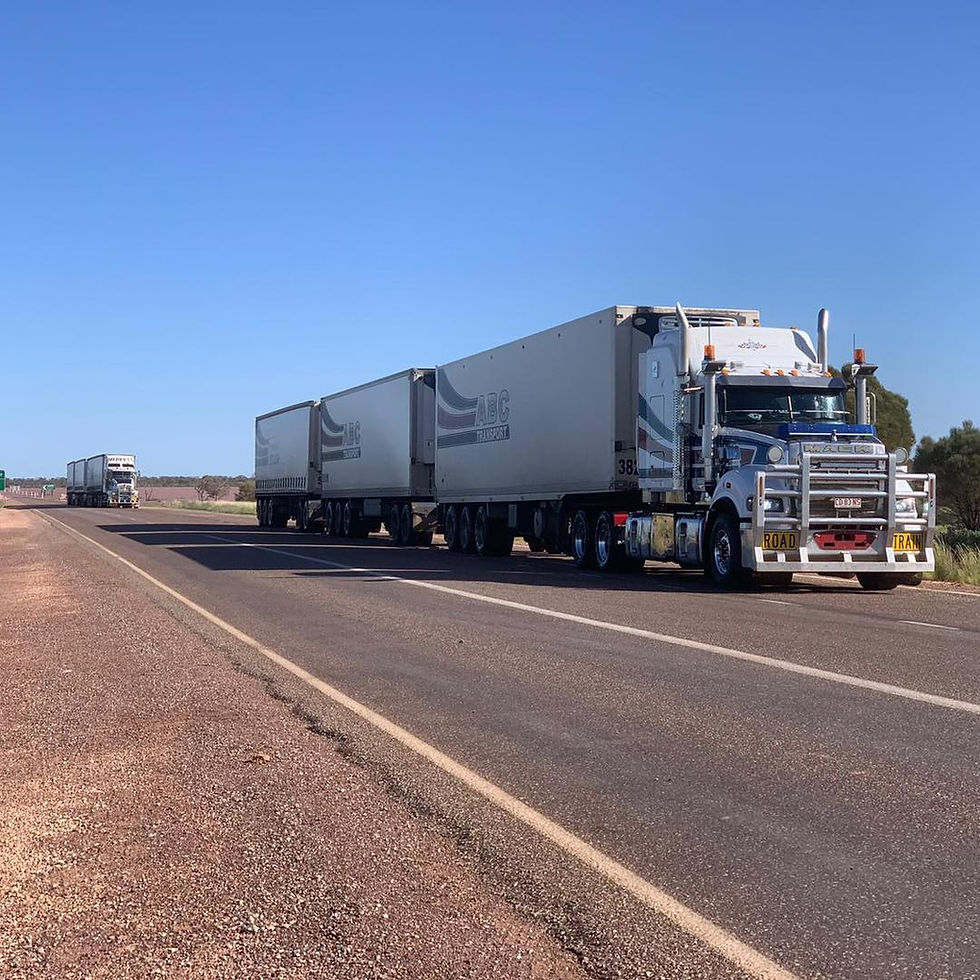Australian economy set to boom
- John McDonnell
- Oct 21, 2021
- 3 min read

The Australian economy is ready to surge in the first half of next year, but things look pretty dismal in the years going forward. The rebound after the pandemic will be driven by $58 billion in pent up demand, but the OECD predicts that growth will be pretty slack out to 2030 unless Australia significantly increases immigration.
The OECD predicts that GDP growth will average 1.4 per cent a year between now and 2030. This means that there will also be minimal wage growth, although without a rise in migration the shortage of labour will force wages up. In these circumstances wage rises are likely to cause inflation and higher interest rates.
Dr Megan Weier, a research fellow at the University of NSW, said the report’s predictions were worrying as this would trickle down to the average Australian, telling news.com.au:
“Cost of living is definitely a concern.
“Especially if it is in times of a recession where businesses are going to downsize while the cost of living is going up, that’s a double whammy.”
Dr Weier warned that a reduced standard of living could see the gap between Australia’s rich and poor widen.
The OECD rejected the approach of modern monetary theorists and economist social activists like Dr Weier, that debt doesn’t matter, and governments can continue to print money indefinitely. This seems to be subsuming the approach of some progressives who demand massively increased government funding for groups they perceive as being disadvantaged. The OECD authors noted:
“Public debt burdens … are increasing further due to debt-financed temporary support programmes and the relaxation of normal fiscal rules, which are appropriate responses to the COVID-19 shock,”
“Population ageing and the rising relative price of services are expected to place upward pressure on public expenditure, notably on public pensions and health care, in the absence of policy changes.”
The OECD authors suggested pushing back the minimum age required to retire and access pensions, in line with rising life expectancy rates.
Flow's Rikki Lambert chatted with Michael O'Neil, from the University of Adelaide's South Australian Centre for Economic Studies, about what SA might need to do to emerge well from the pandemic:
The reality is that Australia’s long-term growth can be improved in two ways: increasing the population and increasing productivity.
Some economists have indicated that Australia needs to bring in 2.6 million skilled workers over the next five years in order to get Australia on to a growth trajectory that meets the long-term average of 3 per cent. This would mean that the current skilled immigration quota of 160,000 would need to be trebled.
At the moment total factor productivity in Australia is flatlining. There is likely to be an increase in productivity growth if there is a labour shortage.
However, if climate change impacts negatively on the resources industry, then this will drag productivity down.
Australia does not have long to develop a plan to manage structural change in the Australian economy. Last year the government established a Covid commission that was to produce such a plan. Since then, it has been overwhelmed by the pandemic. Hopefully, it will be revived after the election.
Anthony Albanese has put forward a plan to emulate the post-war Chifley government with a post-pandemic reconstruction plan. In some ways Mr Albanese’s proposal harks back to the Whitlam government. It should be remembered that that government ended in economic disarray.
Between now and the middle of next year the Australian economy will apparently be managed by nothing more than optimistic intentions.






Comments